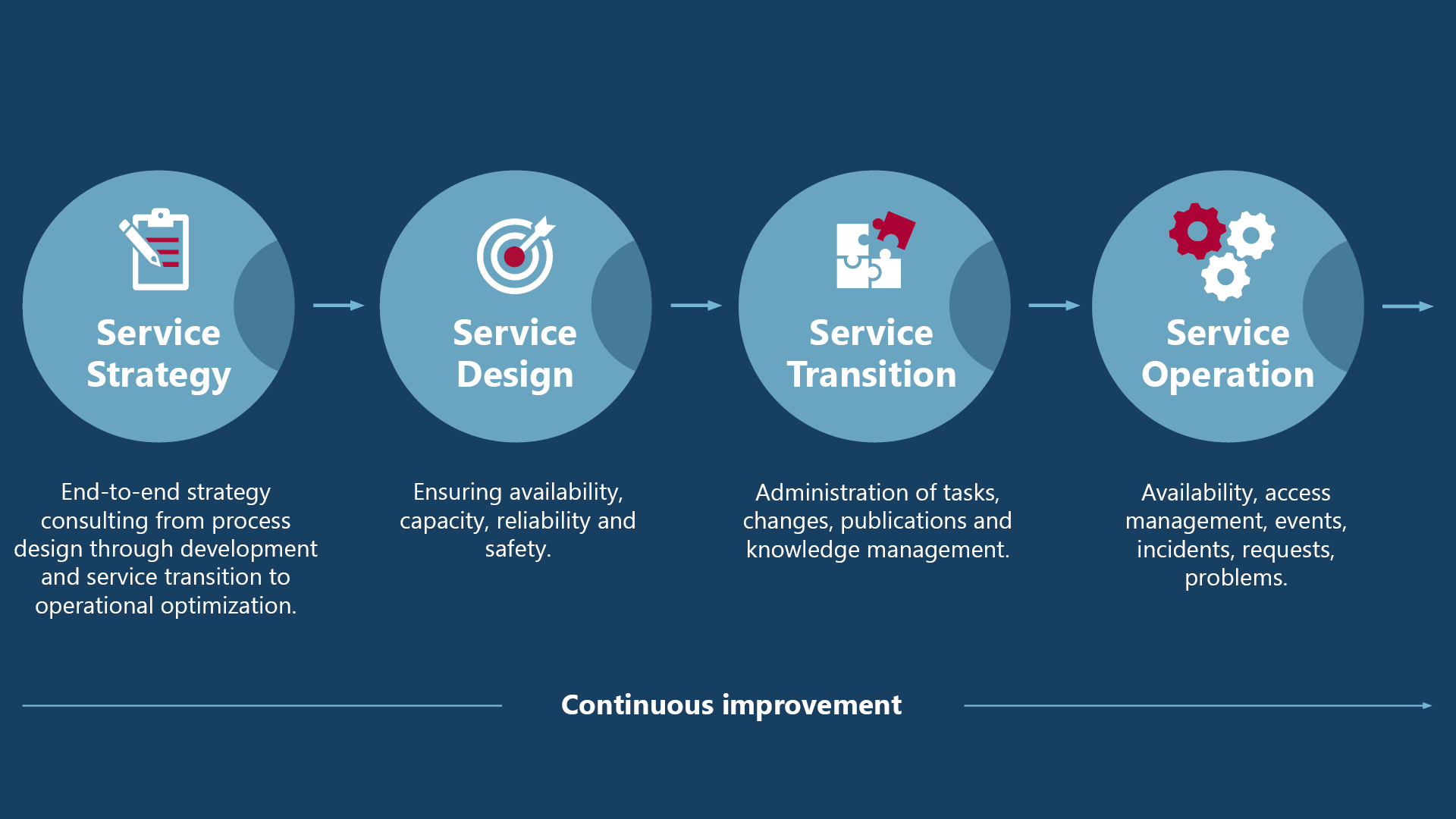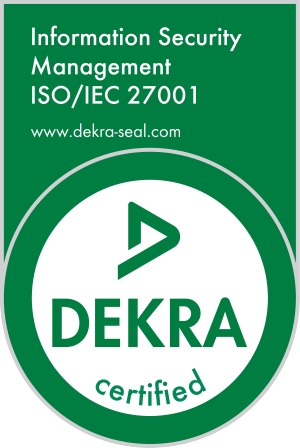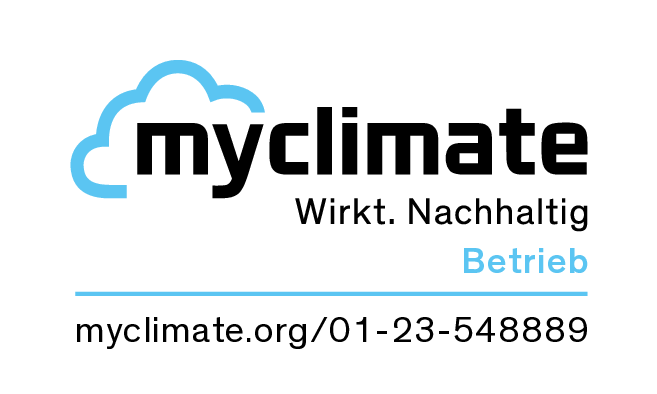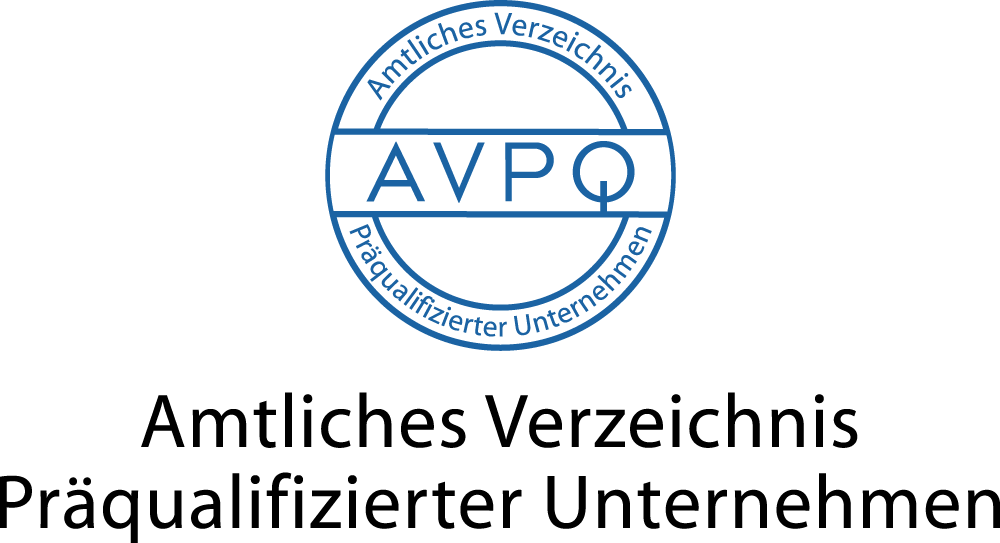IT Service Desk
Satisfied users are more productive
IT disruptions or long, drawn-out service requests frustrate users, disrupt processes and delay projects, so a first-class IT service desk not only ensures satisfied users who can unleash their full productivity but is also a prerequisite for a high level of efficiency and successful projects.
Benefits
vorteile
Normaler Abstand nach oben
Normaler Abstand nach unten


Product information
produktinformation
audius supports you with a full-service solution, from service strategy and design through implementation to ongoing operations. This ensures that you never lose sight of any aspect of the complex structure of a modern IT service desk and that you always have a reliable partner at your side. The focus is on continuous improvement in order to recognize all potential and implement it in a verifiable manner.
What makes audius IT Service Desk different from other services
Normaler Abstand nach oben
Normaler Abstand nach unten
The audius IT Service Desk provides a unique combination of technical, organizational and specialist expertise based on total customer focus.
Our certifications and awards
Normaler Abstand nach oben
Normaler Abstand nach unten
-
Normaler Abstand nach oben
Trends und Insights
Normaler Abstand nach oben
Normaler Abstand nach unten
Our partnerships / memberships
partner
Normaler Abstand nach oben
Normaler Abstand nach unten






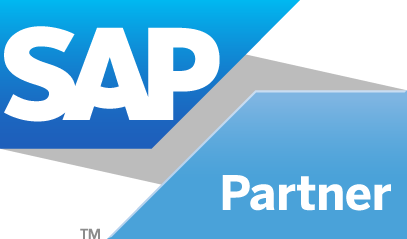


Our answers to frequently asked questions
faq
Normaler Abstand nach oben
Normaler Abstand nach unten
What is the difference between service and support?
The terms service and support are often used interchangeably, but mean different things in the IT context.
A service is something that is provided to a customer to meet a specific need or requirement. IT services may include products, applications or other resources provided to the customer to meet its business needs. Examples of IT services include e-mail, file sharing, network access, and other IT-related resources provided to end users.
Support, on the other hand, refers to the assistance provided to customers when using IT services or for troubleshooting. IT support may include technical assistance, training, or other resources to help end users resolve issues or problems with IT services. Examples of IT support include helpdesk or service desk support, technical support, and other resources that help end users get the most out of IT services.
Essentially, the service is what is delivered, and support is the assistance that helps customers use the service and helps with any associated troubleshooting. Both service and support are critical components of IT delivery, and organizations need to ensure they have effective service and support processes in place to meet their customers’ needs.
How does the integration of ITIL influence the efficiency of a service desk?
ITIL, an established framework for IT service management, offers proven procedures and guidelines. When ITIL principles are integrated into service desks - whether in the IT or facility sector - processes can be standardized, roles clearly defined and service concepts optimized. This leads to improved efficiency and service quality.
When should companies invest in a service desk?
With the growing complexity of IT services and facility management requirements, a service desk becomes indispensable. If technical incidents increase or 1st-level IT or facility support is no longer efficient, it is time to invest in quality service concepts. If internal resources are limited, service desk outsourcing can be an effective solution.
When should a company invest in a service desk?
When a company realises the growing complexity of its IT services and facility management requirements, the service desk becomes indispensable. In the event of frequent technical faults or when 1st level support requests - whether in the IT or facility sector - become inefficient, it is time to invest in high-quality service concepts. Service desk outsourcing can be worth considering to find an effective solution with limited internal resources.
How can the service desk contribute to profitability?
An effective service desk based on robust service concepts and using agile service management can reduce operating costs and increase productivity while improving customer satisfaction. By continuously improving IT and facility services, the service desk becomes a valuable asset that directly contributes to the value of an organization.



